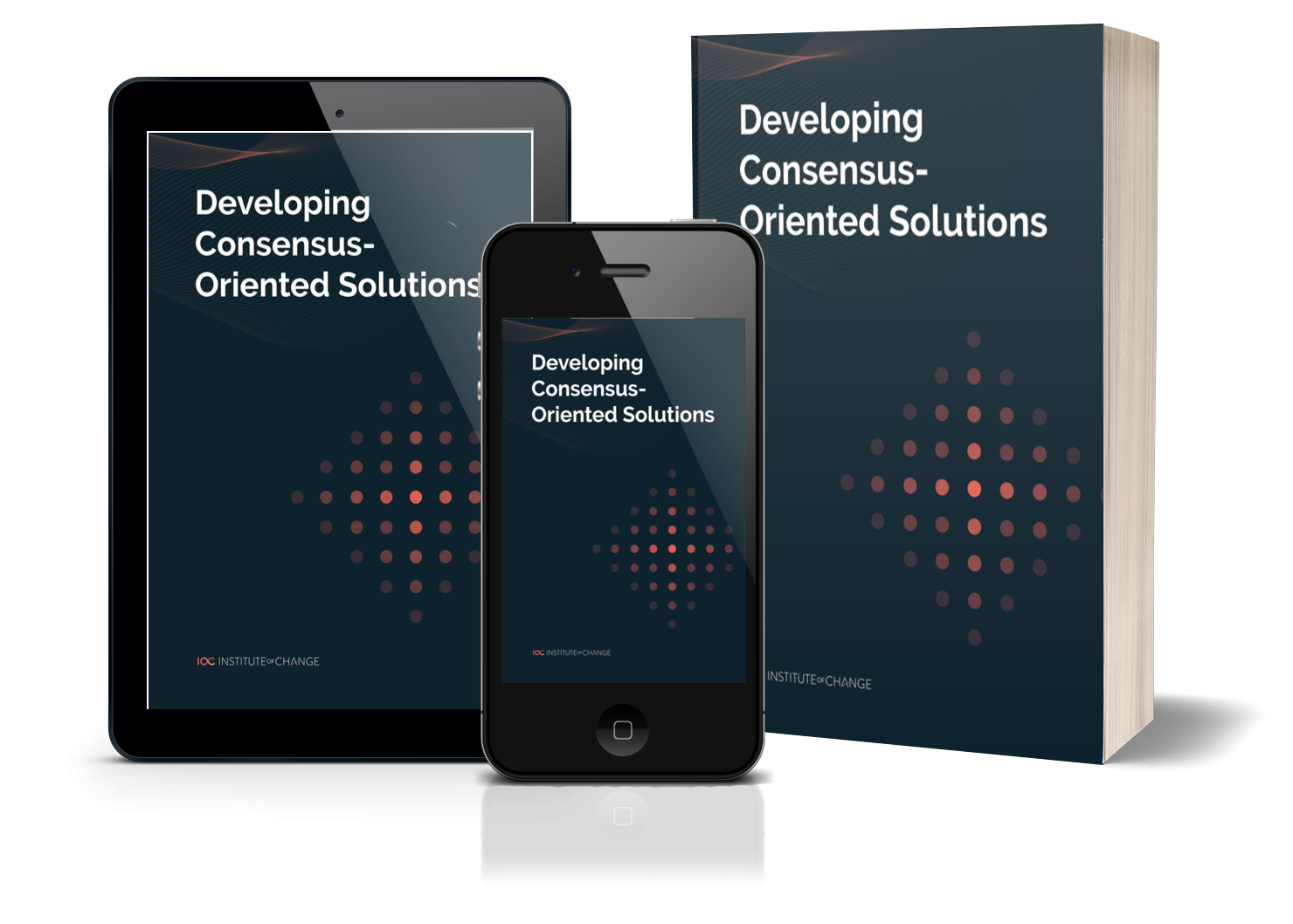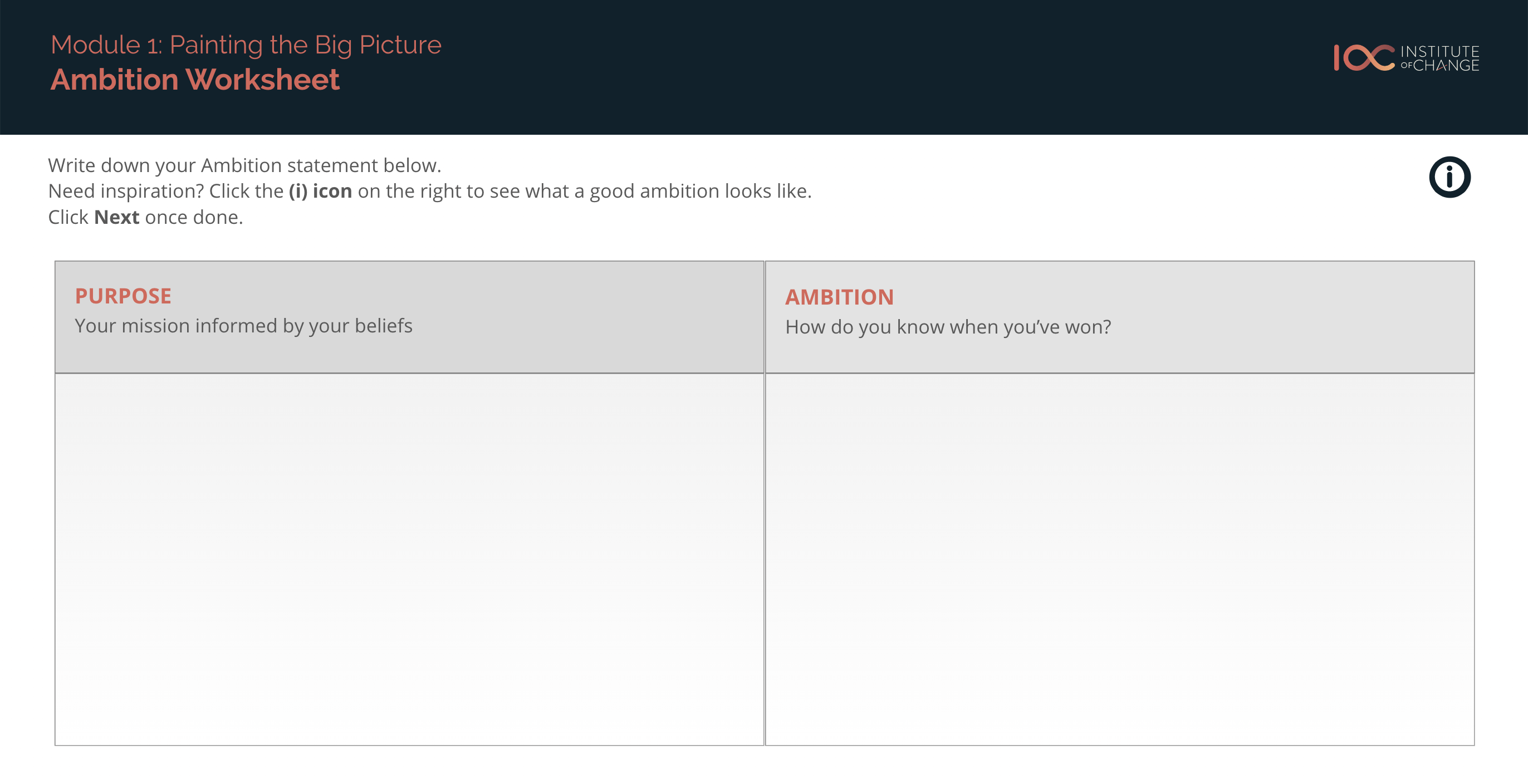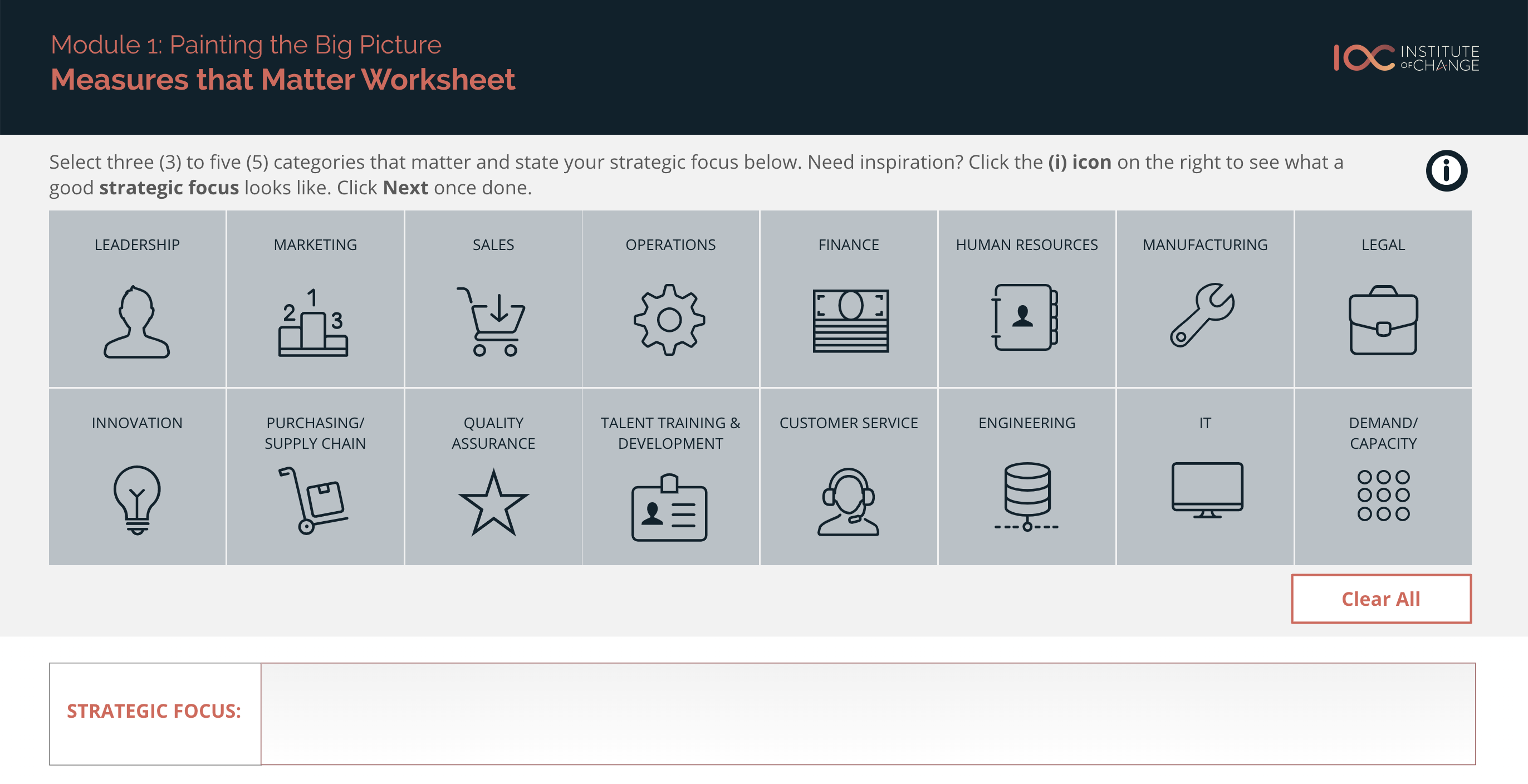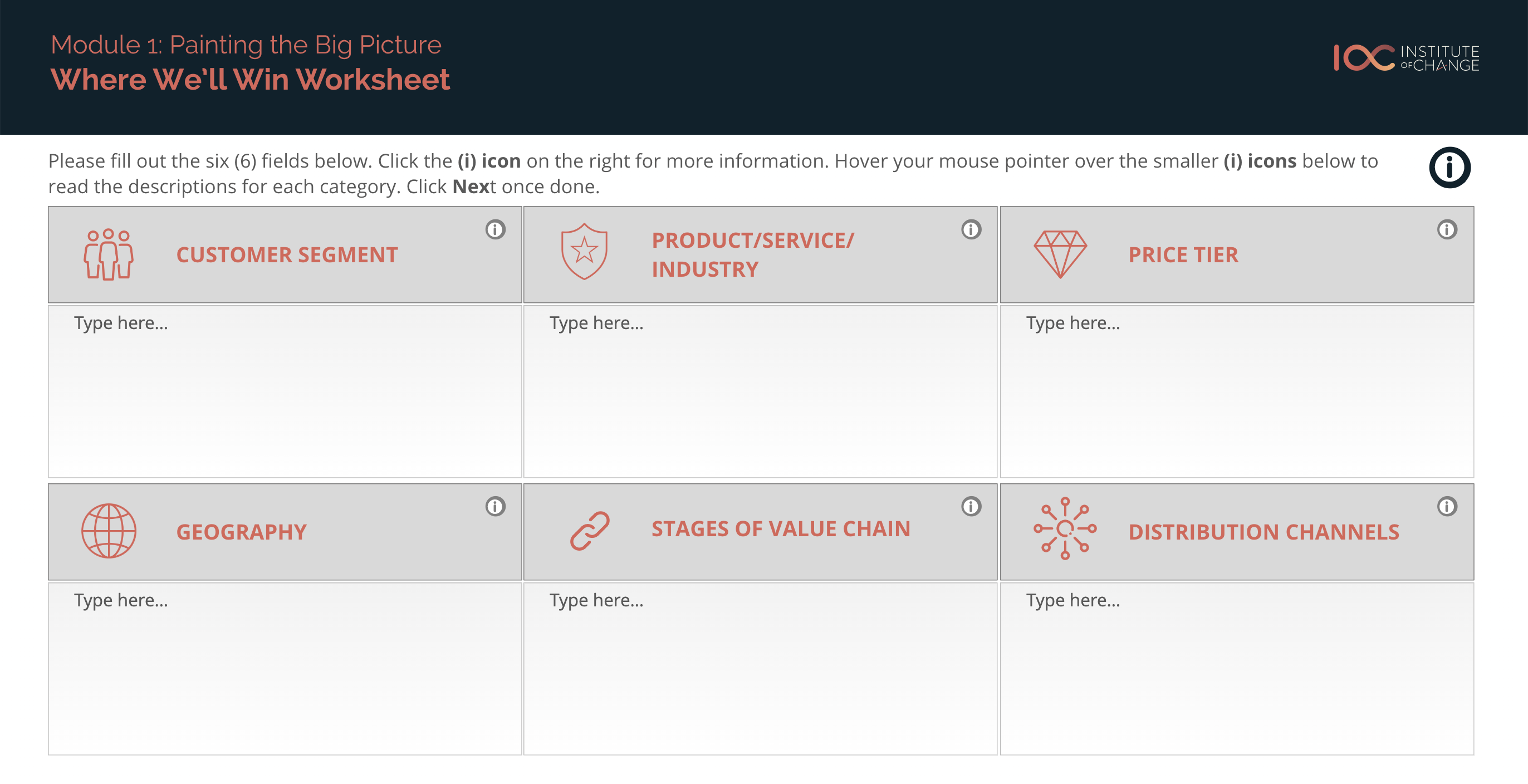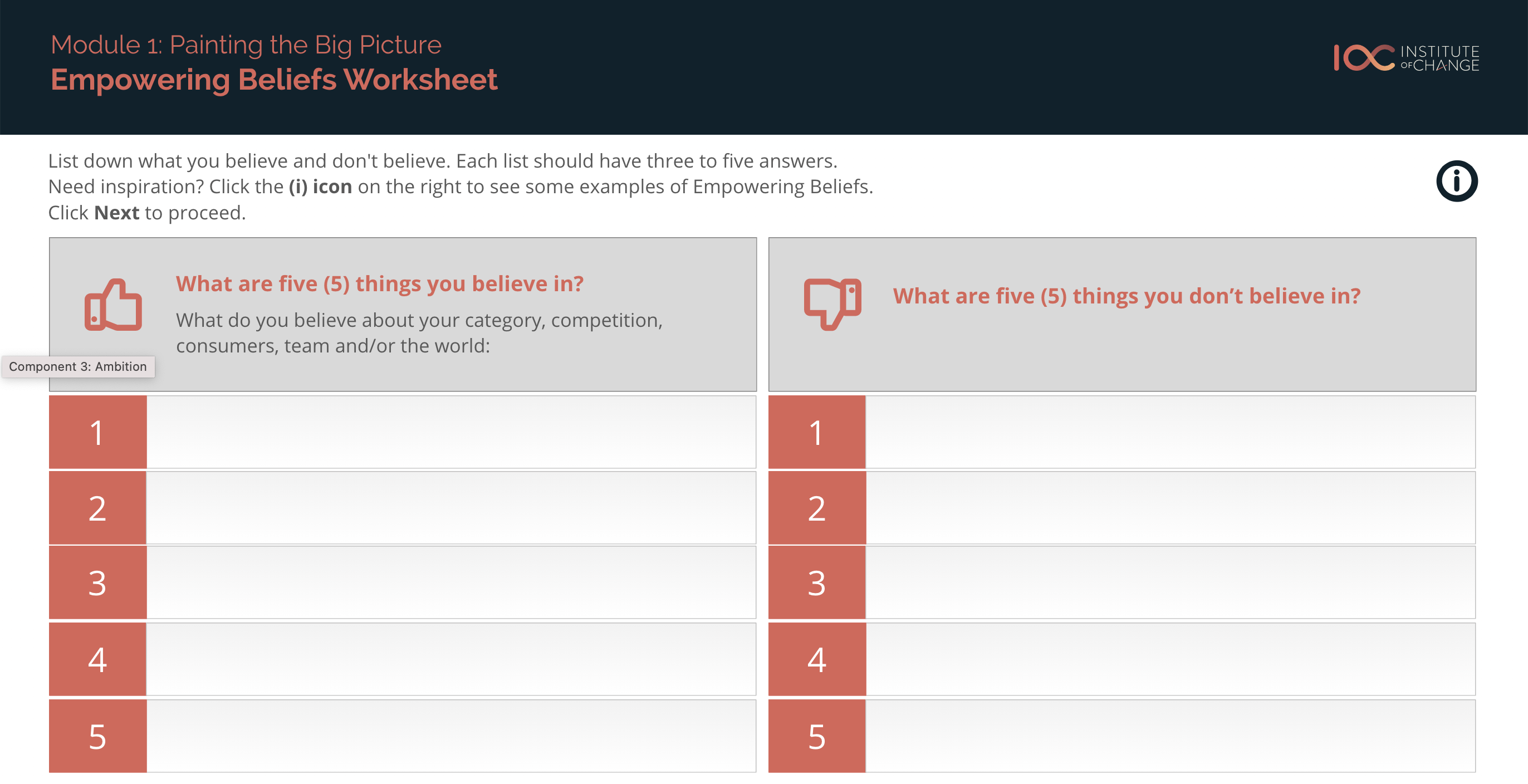Team-based decisions often give way to a large variety of viewpoints and skills. The best way to manage these differences involves a consideration of the following factors:
- The type of decision – Are these decisions strategic in nature? Are they related to performance? Does this concern how things are done in the company? Will the team be directly affected with the outcome?
- Availability – How much time and resources can be allocated to deal with the decision?
- The nature of the task – Will the team be able to bring the appropriate knowledge and expertise required?
- Commitment – Will the team be committed to deliver on the agreed decision?
Drag to resize
Now that you’ve considered the factors at play, it’s time to align your team and reach a decision.
We’ll explore a few techniques you can use to ensure all team members are given a say in the decision and feel valued. This way, it becomes easier for team members to compromise and find a central point of agreement, leading to the final decision.
Drag to resize
Have you ever had one of those team meetings where a certain member pitches ideas more assertively than the rest? This can often result in a skewed conclusion, which can have negative repercussions on the company.
To reduce the likelihood of this occurring, you can introduce the Stepladder Technique during team discussions.

To summarise, this method begins with each member thinking about the problem individually. Then the leader calls for them — one at a time — and asks for their input in a one-on-one setting.
The outcome of this method? Members will feel heard and acknowledged. Members’ opinions won’t be influenced by the opinions of those around them, and they’ll feel more confident about their conclusions than they would in a group environment where others’ opinions may be extremely different from theirs.
Drag to resize
Anyone who has lived through elections and company meetings would be familiar with this method. Voting is useful when you’re served with many options — but what happens when all options get an equal amount of votes? You get no conclusive decision and find yourself at the starting point once more.
The solution to this dilemma? Multi-voting.

Each member of the team is given a certain number of votes with different weights. Each member then goes through all the options and assigns a weight to each solution.
This encourages group members to think through each option more thoroughly. Additionally, the use of weighted votes decreases the chance of a stalemate.
Drag to resize
Prioritising tasks at an individual level is already challenging enough. So when we’re placed in a group environment, it becomes a little harder to rank and prioritise everybody’s tasks collectively.

It’s common for most managers to think that their project should be prioritised over others’ — so how can the team reach a resolution and get things done?
For situations like this, the Modified Borda Count comes in handy. This method establishes a framework for ranking priorities and will aid the team in deciding which option will best qualify those priorities.
Drag to resize
When working with diverse personalities and viewpoints in a complex project where the solution is not clear, sometimes it’s difficult to arrive at a well-supported decision.

By using Hartnett’s Consensus-Oriented Decision-Making model, all the members of the team are involved in developing a solution — making them feel like they have ownership of the final decision and boosting their ability to think of creative ideas without fearing judgement.
Drag to resize
Although it is complex and time-consuming, the benefits of mastering team decision-making are powerful. By establishing a sense of equality among the decision makers, everybody gets a chance to speak, and you effectively arrive at a high-quality decision that’s supported by the team. When the right processes and tools are paired with effective implementation — expect not only a flow of creative ideas but also a sense of ownership and commitment to lead the outcomes you desire.
Drag to resize
